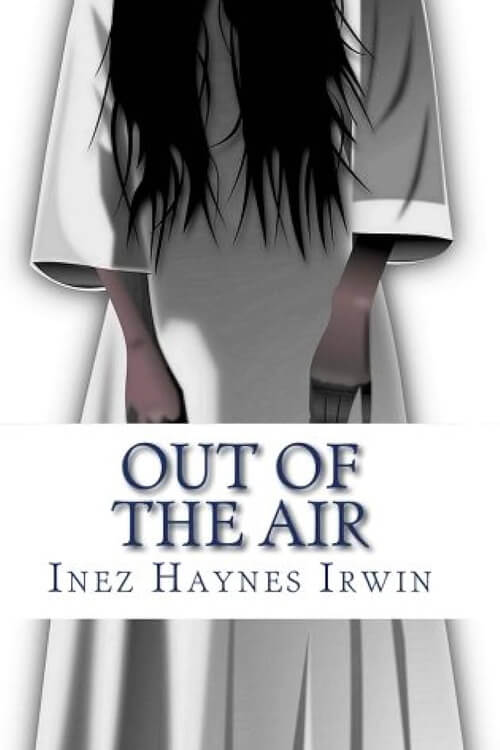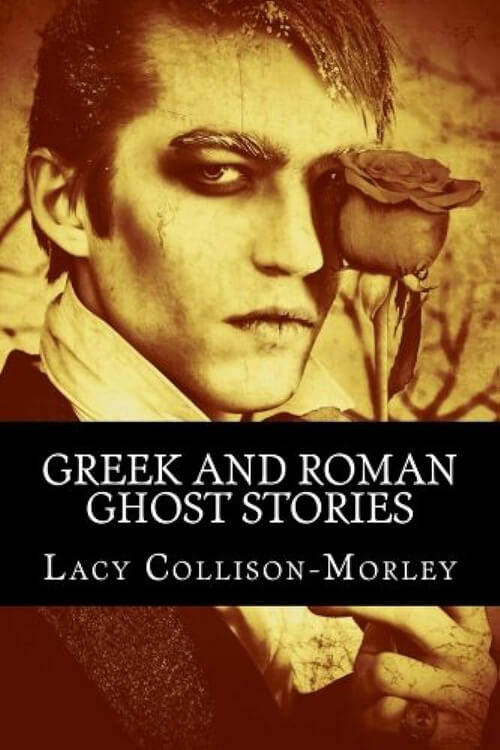
The Banshee
Sir Walter Scott, too, emphasizes this point and is even more specific and arbitrary. He confines the Banshee to families of pure Milesian stock and declares it is never to be found attached to the descendants of the multitudinous English and Scotch settlers who have, from time to time, migrated to Ireland; nor even to the descendants of the Norman adventurers who accompanied Strongbow to the Green Isle in the twelfth century.
Lady Wilde goes to the other extreme and allows considerable latitude. She affirms that the Banshee attaches itself not only to certain families of historic lineage but also to persons gifted with song and music. For my part I am inclined to adopt a middle course; I do not believe that the Banshee would be deterred from haunting a family of historical fame and Milesian descent—such as the O’Neills or O’Donnells—simply because in that family was an occasional strain of Saxon or Norman blood, but, on the other hand, I do not think the Banshee would ever haunt a family that was not originally at least Celtic Irish—such, for instance, as the Fitz-Williams or Fitz-Warrens—although in that family there might happen to be periodic infusions of Milesian blood.
I disagree, in toto, with Lady Wilde’s theory that, occasionally, the Banshee haunts a person who is extremely poetical and musical, simply because he happens to be thus talented. In my opinion, to be haunted by the Banshee one must belong to an Irish family that is, at least, a thousand years old; were it not so, we should assuredly find the Banshee haunting certain of the musical and poetical geniuses of every race all over the world—black and yellow, perhaps, no less than white—which certainly is not the case.
The Banshee, however, as Mr McAnnaly says, does, sometimes, travel; it travels when, and only when, it accompanies abroad one of the most ancient of the Irish families; otherwise it stays in Ireland, where, because there are few of the old Irish families left, its demonstrations are becoming more and more rare.
It may, perhaps, be said that in Dublin, Cork, and other of the Irish towns one may still come across a very fair percentage of O’s and Macs.
Read or download Book
Elliott O'Donnell
Elliott O’Donnell (27 February 1872 – 8 May 1965) was an English author known primarily for his books about ghosts.
Biography.
He claimed to have seen a ghost, described as an elemental figure covered with spots when he was five. He also claimed to have been strangled by a mysterious phantom in Dublin (however, no permanent effect would seem to have been suffered).
He was born in England in Clifton (near Bristol), the son of Irishman Reverend Henry O’Donnell (1827–1873) and Englishwoman Elizabeth Mousley (née Harrison); he had three older siblings, Henry O’Donnell, Helena O’Donnell and Petronella O’Donnell. After the birth of his fourth child, the Rev. Henry O’Donnell traveled to Abyssinia while awaiting advancement to a new parish. Here, he was said to have been attacked by a gang and robbed and murdered. Elliott O’Donnell claimed descent from Irish chieftains of ancient times, including Niall of the Nine Hostages and Red Hugh, who fought the English in the sixteenth century.
O’Donnell was educated at Clifton College in Bristol, England, and later at Queen’s Service Academy, Dublin, Ireland. Intending initially to take entry exams at the Royal Military Academy at Sandhurst to join the Royal Irish Constabulary (RIC), he traveled in the United States instead, working on a cattle range in Oregon and becoming a policeman during the Chicago Railway Strike of 1894. Returning to England on the SS Elbe, he worked as a schoolmaster and trained for theatre in London at the Henry Neville Studio, Oxford Street. In 1905, he married Ada O’Donnell (1870–1937) and served in the British army in World War I, later acting on stage and in movies. His first book, written in his spare time, was a psychic thriller titled For Satan’s Sake (1904). From this time onward, he worked as a writer.
He wrote several popular novels, including an occult fantasy, The Sorcery Club (1912), but specialized in what were claimed to be true stories of ghosts and hauntings. These were immensely popular, but his flamboyant style and amazing stories suggest that he combined fact with fiction. O’Donnell wrote for numerous magazines, including Hutchinson Story Magazine, The Novel Magazine, The Idler, Weekly Tale-Teller, Hutchinson’s Mystery-Story Magazine, Pearson’s Magazine, Lilliput, and Weird Tales (the last during 1930).






